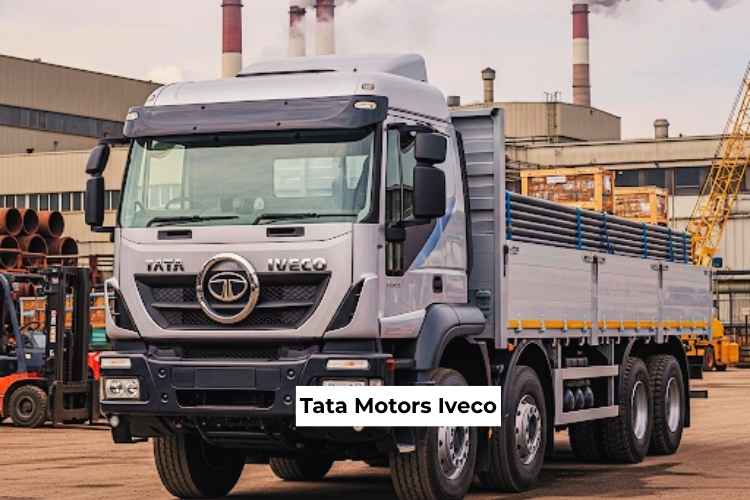Tata Motors Iveco: Why has Tata Motors’ move to partner (and now likely acquire) Italian commercial vehicle maker Iveco captured global attention? It’s more than just size—it’s about strategic alignment, domain synergy, and ambition scaled to a global level. In this article, we ask: What made this partnership and acquisition so significant?

Table of Contents
Tata Motors Iveco: From Joint Explorations to Full Acquisition

MoU and Early Collaboration
- In February 2007, Tata Motors and Iveco (then part of Fiat Group) signed an MoU to explore cooperation in commercial vehicles—engineering, sourcing, manufacturing, distribution across markets. They set up a joint Steering Committee to assess feasibility.
- That early alignment hinted at complementary capabilities: Tata’s cost-efficient ecosystem and domestic dominance, and Iveco’s European product range and technology.
2025: Acquisition in the Works
- As of July 2025, Tata Motors is in advanced talks to acquire Iveco for approximately $4.5 billion, excluding Iveco’s defence unit which is being spun off to Leonardo (Italy).
- This would become Tata’s largest-ever participation in a commercial vehicle deal—greater than its €3.9 billion purchase of Jaguar Land Rover in 2008, and its second-largest acquisition overall after Corus (Tata Steel Europe).
Tata Motors Iveco: Key Dimensions
A Leap in Global Commercial Vehicle Ambition
- Iveco is a full-spectrum commercial vehicle maker: light, medium, heavy trucks, buses, engines—serving over 160 countries with ~150,000 units annually and €10 billion-plus revenues.
- For Tata, owning Iveco accelerates its roadmap from India’s market leader to a truly global automotive player.
Domain Resonance and Operational Fit
- Unlike past Tata acquisitions (e.g., JLR), Iveco’s domain—commercial transportation—closely aligns with Tata’s existing strengths in CVs, easing cultural and operational integration.
- Tata’s frugal, scale-driven engineering can potentially modernize IVECO platforms, while IVECO’s European safety compliance and emissions know-how raise global standards.
Financial and Strategic Leverage
- The proposed acquisition aligns with Tata Group’s ₹5.5 lakh crore investment push to become “future-fit,” nearly doubling its revenue and tripling profit in five years.
- While investors express concerns about integration risks, margin pressure, and regulatory hurdles (e.g. Italian “golden power” rules), the upside is compelling global scale and platform reach.
Tata Motors Iveco: Overview
| Feature / Dimension | Why It Matters |
|---|---|
| Domain Alignment | Ita directly builds on Tata’s established CV expertise |
| Scale & Global Reach | Iveco’s presence in 160+ countries adds instant global footprint |
| Technology Synergy | Engines, safety, emissions, telematics from Iveco complement Tata |
| Financial Leverage | Matches Tata’s vision to be a global player (₹5.5 lakh crore strategy) |
| Integration Simplicity | Less cultural mismatch than past acquisitions like JLR |
| Platform for Modular EV/SDV | Enables plug‑and‑play EV platforms and TaaS growth |
Conclusion
So what made the Tata – Iveco partnership and acquisition so significant? It isn’t just size—it’s strategic fit. From the 2007 MoU to the 2025 proposed takeover, the synergy has been consistent: blending Tata’s commercial vehicle dominance with Iveco’s European strength in heavy-duty trucks, buses, engines, and innovation.
This move isn’t about brand glamour—it’s about domain coherence, global ambition, and building a modular commercial vehicle future. It positions Tata not merely as an acquisitive conglomerate, but a global industrial player ready for the next generation of transportation services.
Bhakti Rawat is a Founder & Writer of InsureMyCar360.com. This site Provides You with Information Related To the Best Auto Insurance Updates & comparisons. 🔗
